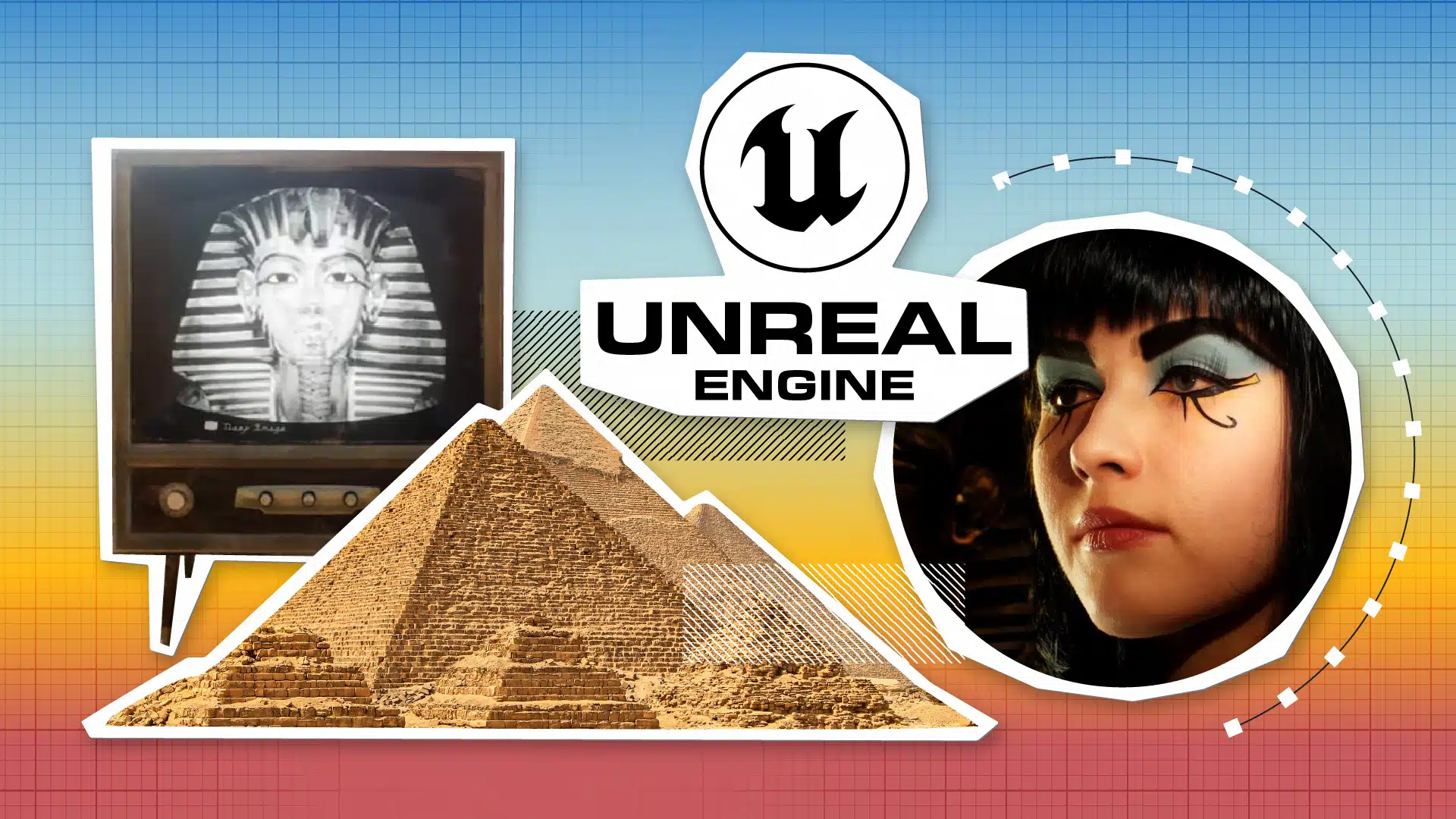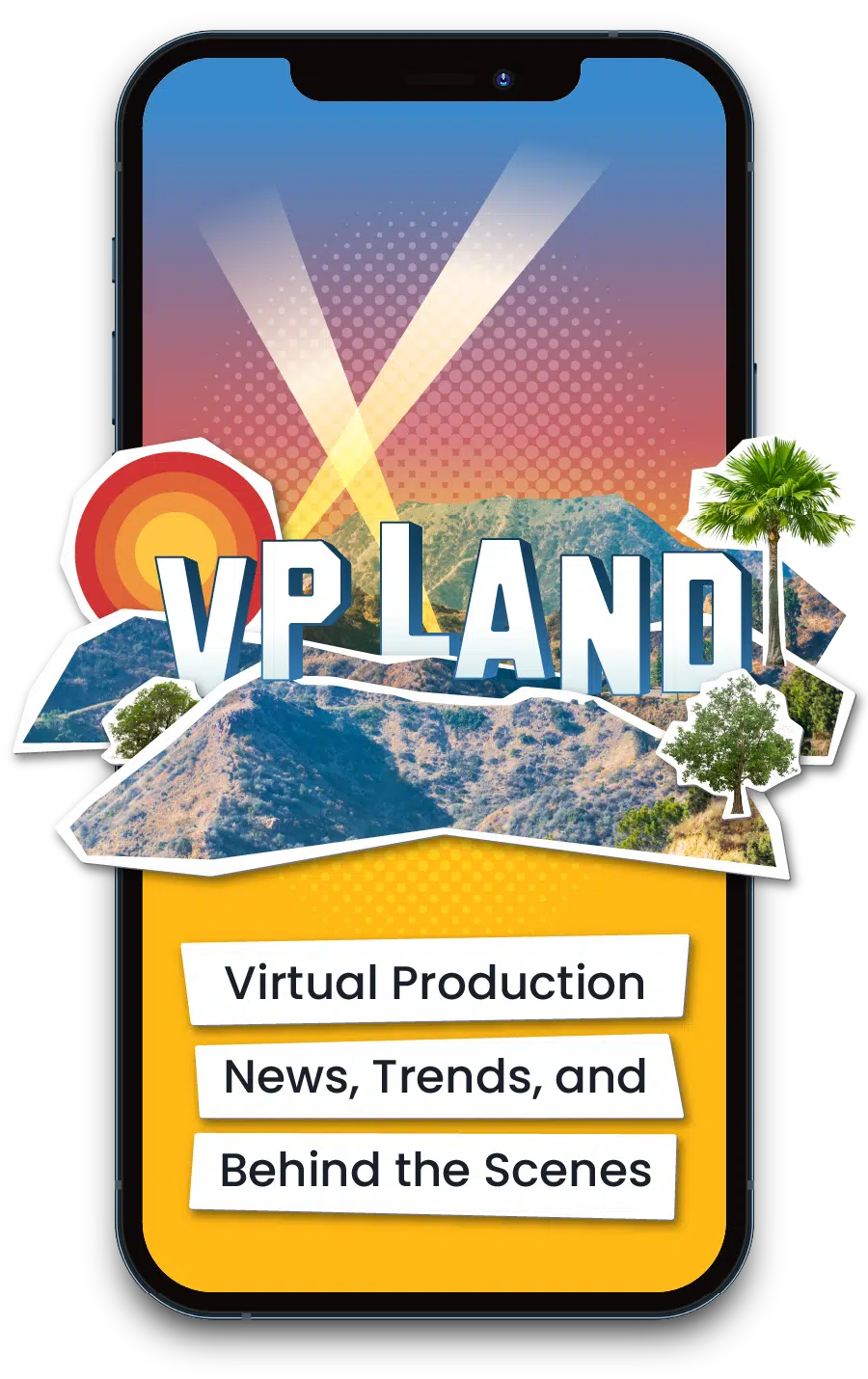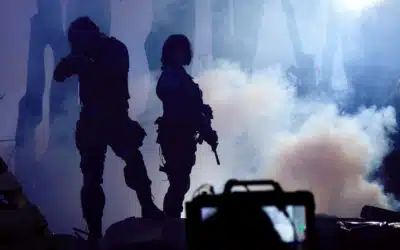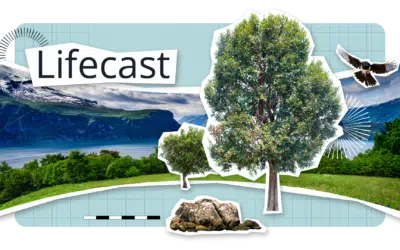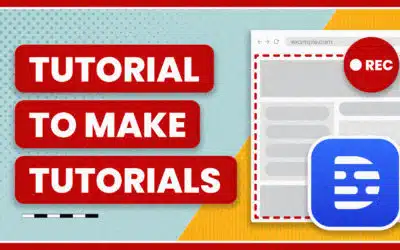A few weeks ago Bad Decisions Studio released a really awesome short documentary on King Tut, featuring a photorealistic tour of his tomb, narrated by a female character.
It got a lot of attention online. Epic Games just featured it in their weekly spotlight.
The twist – the entire documentary was created in Unreal Engine. The creators never stepped foot in Egypt. Not even the female voice was real.
The use of Unreal in documentary filmmaking is new territory (😉), one that I’m extremely interested in seeing where it goes.
Unreal and virtual production has gone from building sci-fi worlds to backdrops for contemporary sets to now recreating historical scenes with photorealism.
It’s like the Ken Burns effect on steroids.
I wanted to take a peak behind the curtain to see how BDS made this film. Fortunately, they agreed. Here’s our interview (with some minor editing for clarity).
First up – who are and what’s Bad Decisions Studio?
Bad Decisions Studio is a creative studio based in Vancouver, Canada. We are a team of 3 who focus on creating educational and entertaining content based on our own experiments.
We also have a weekly podcast on YouTube / Spotify where we bring inspiring guests from various industries to talk about their journey and share their insights.
How would you describe this film and how’d the idea come about?
This is a documentary made entirely in Unreal Engine 5 based on the story of King Tut, the youngest ever who ruled ancient Egypt.
The idea came to us back in Nov 2022 when we visited an exhibition about King Tut by National Geographic. They labeled it as an immersive experience, but to be honest there was nothing immersive about it.
We decided to take the story and create an Augmented Reality experience where people could walk into the tomb and see all its details. The AR experience ended up winning third place in Snap Lensathoan.
Afterward, we decided to expand this story in Unreal Engine and build the whole environment.
What was the prep process like, both from a research sense on the historical info and a planning sense of what tools you’d need to pull this off?
We spent a lot of time on research since we have never been to Egypt ourselves. We watched every single documentary and vlog about King Tut on YouTube and read countless articles and looked at at least a hundred photos.
The first step, we had to come up with the layout of the Valley of the Kings and the tomb itself, then we had to find the textures and design for each section.
We looked at documentaries, online magazines, articles, and tourist vlogs.
How did you build the virtual replica of King Tut’s Tomb? You’ve got a video showing you’ve never been to Egypt, there was no 360 capture – you built this entirely from found footage. How was it modeled?
Everything within the tomb beside the death mask, which was created using photogrammetry, was modeled in Blender from scratch by looking at photos and videos.
Then, they were textured in Substance Painter and then moved to the environment in Unreal Engine.
For the exterior, some were megascan assets from Epic Games and some were modeled.
If you were able to go to Egypt and have access to the tomb, how would your process change?
If we had access we would use technologies like photogrammetry for small to medium size objects and NeRFs for the outside environments (BDS just released a great video breaking down photogrammetry techniques).
We would be 2x faster if we were physically present at the location.
How was the MetaHuman modeled? Is this based on a historical figure? And how was she animated?
The MetaHuman is just the narrator of the documentary and has no link to any historical figure.
We created that MetaHuman ourselves based on our friend. It was acted and voiced by us and the voice was changed to a female voice using AI.
She was animated using the MetaHuman Animator.
From a filmmaking perspective, the video is well-edited and has great sound design and music. What’d you use to edit everything together?
Everything was first rendered from Unreal Engine 5, then it was composited, color graded, and edited in Davinci Resolve.
The voice of the narrator was altered using Resemble AI.
What were some of the biggest challenges and how’d you solve it?
Making sure the models and textures were accurate was difficult as there were not many references online.
Changing our voice to a female voice. Most of the tools out there sound robotic and that reduces the realism of the whole documentary.
We see a lot of examples of Unreal and MetaHumans being used for sci-fi and fantasy projects, but this is a great example of using it for documentary work to recreate historical locations.
You also have a great side-by-side comparison of National Geographic’s rendering of King Tut’s tomb from their documentary, and yours blows it out of the water.
How do you see these tools and techniques being used in the future for documentary filmmaking?
Our goal was to show the possibilities with the current technologies and a small team of 3.
The success of this project made us realize the immense potential in harnessing virtual technology to introduce locations, cultures and stories to new and young audiences worldwide. The realism and engaging storytelling can spark curiosity and inspire them to learn more about Egypt’s fascinating past, ultimately enticing them to visit the country. We genuinely believe that this can be a unique way to promote tourism and culture on a global scale.
Since we built everything in a game engine, the possibilities for expansion are limitless. The environment we created can be transformed into an interactive game, an educational video, or even a mesmerizing Virtual Reality (VR) tour.
As we see significant improvements in various technologies, the higher the fidelity of these virtual environments, the more likely people are to be drawn to the history of such locations.
Learn more and follow Bad Decisions Studio across their socials (but definitely subscribe to their YouTube channel)

